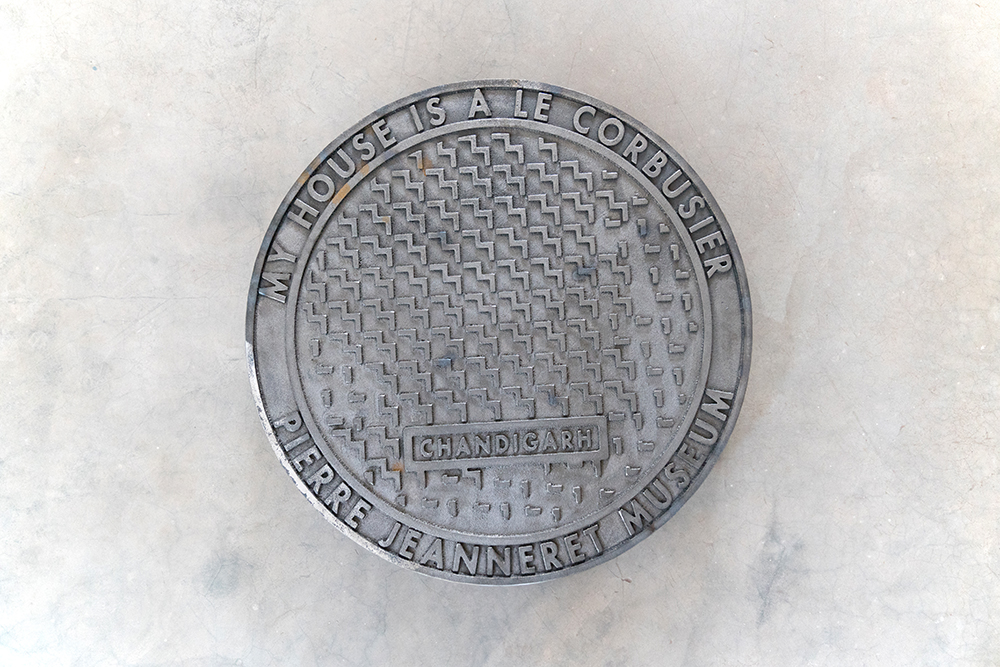
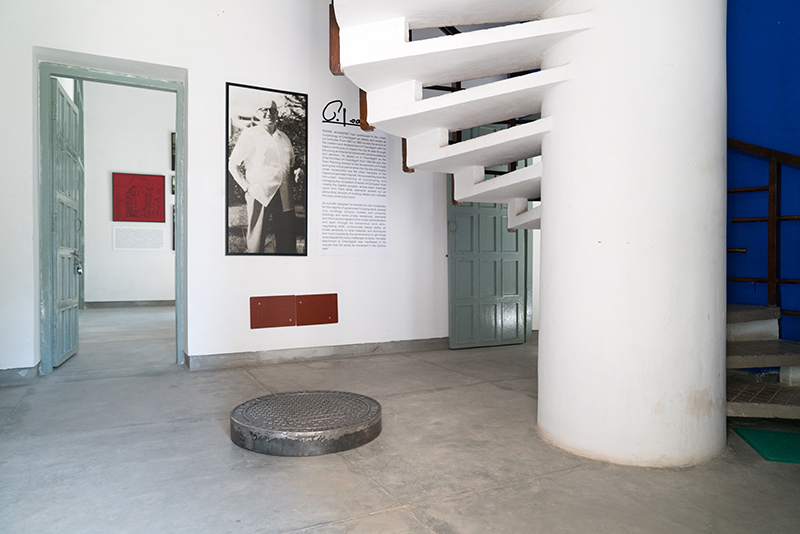
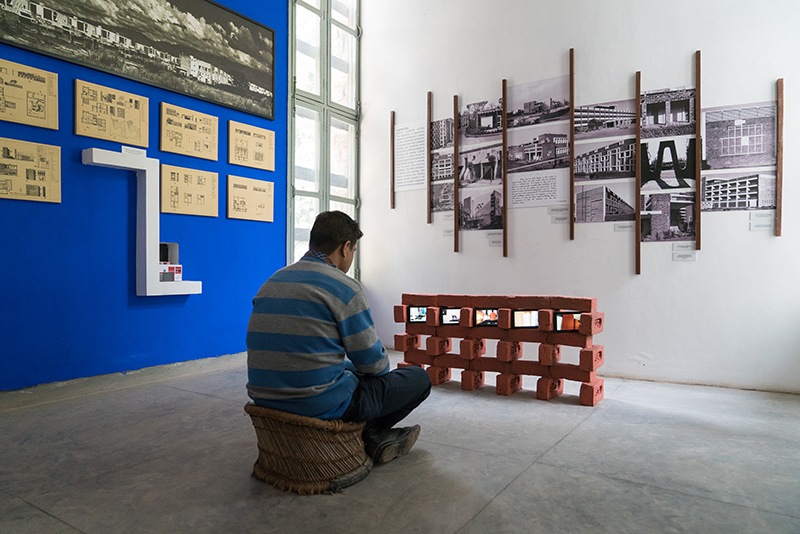
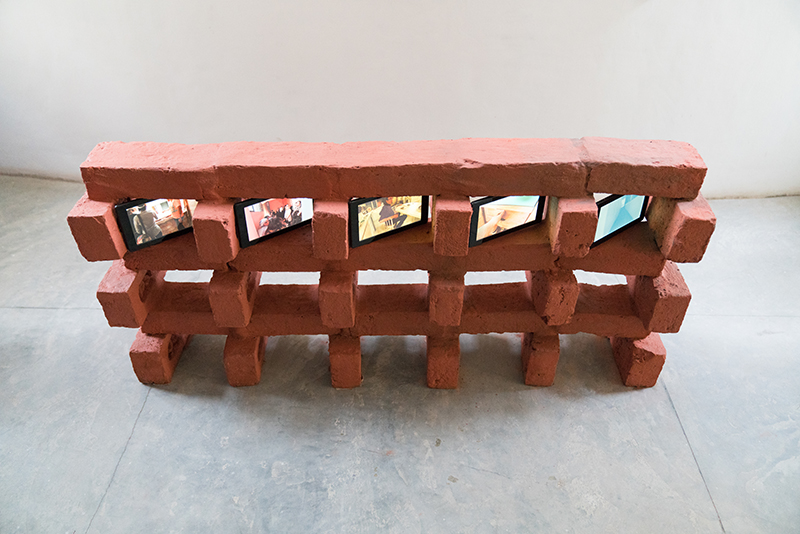
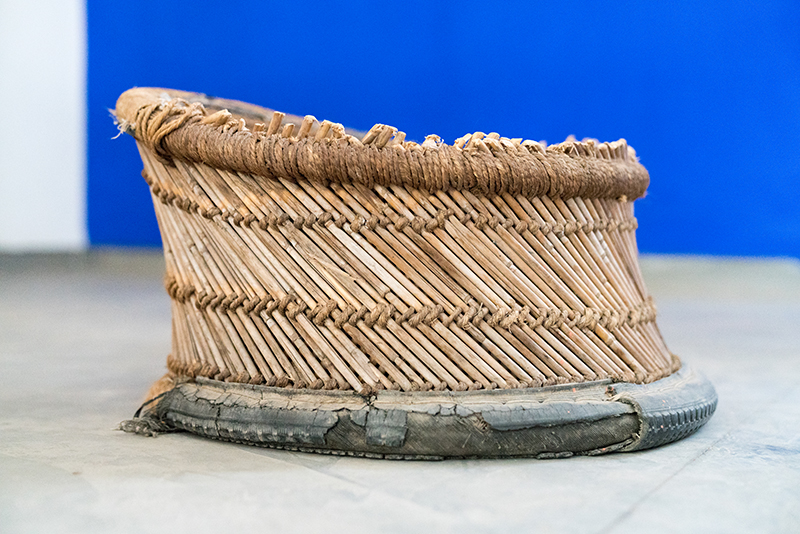

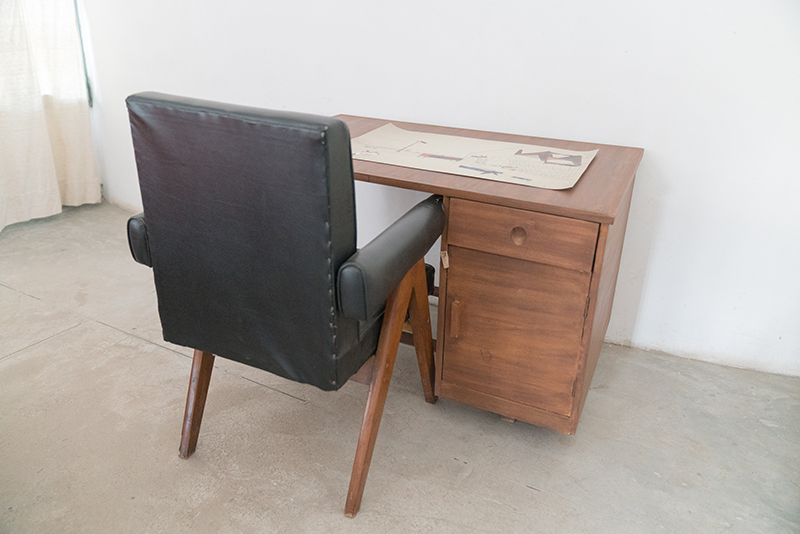
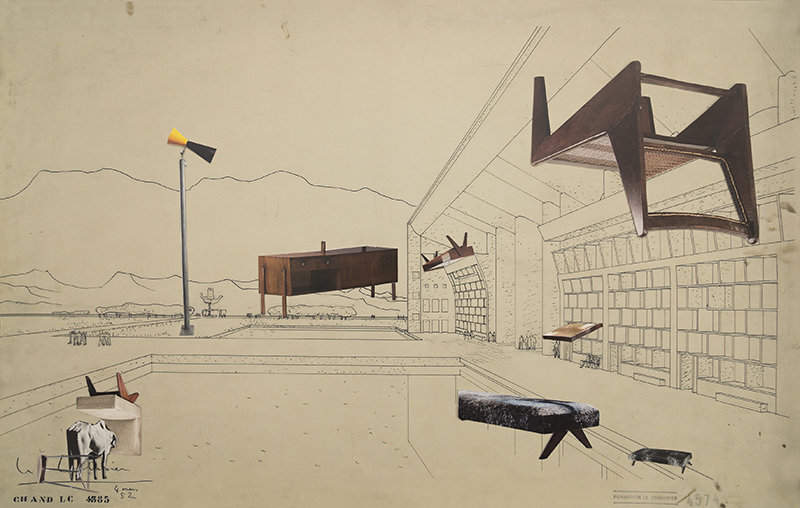

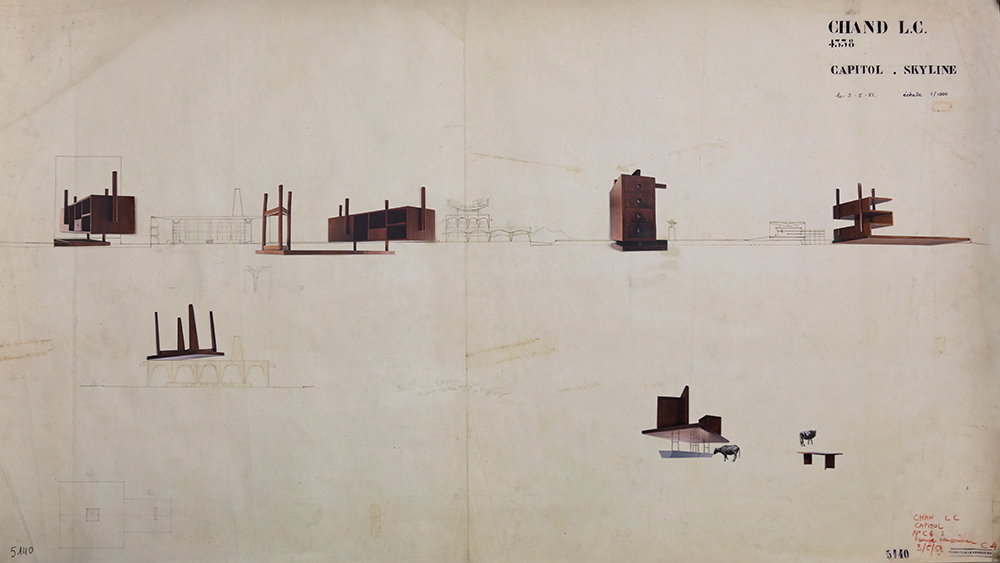
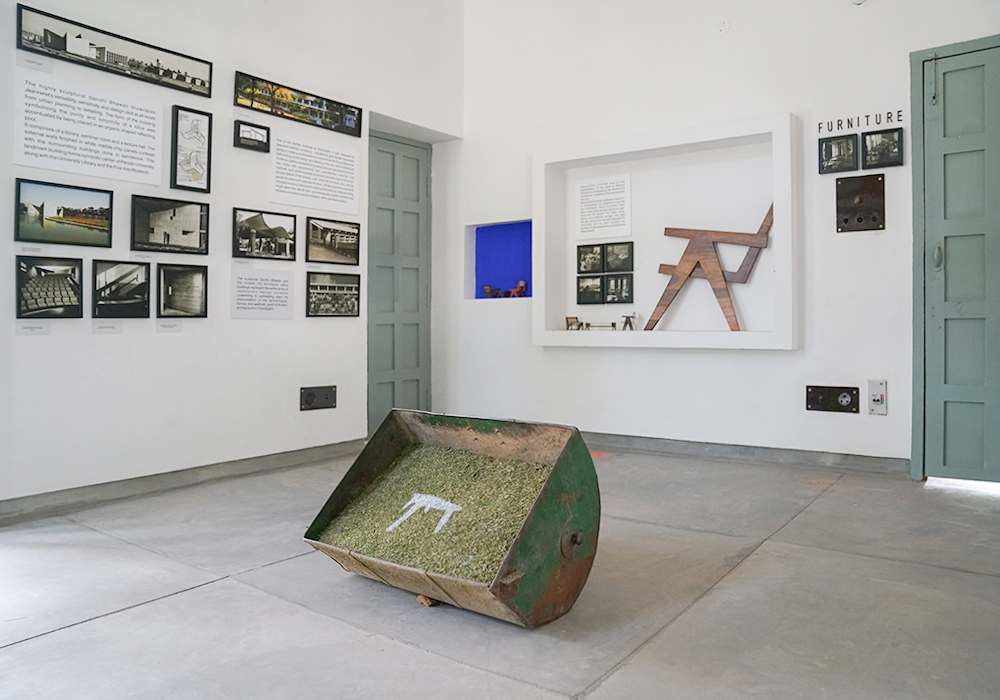
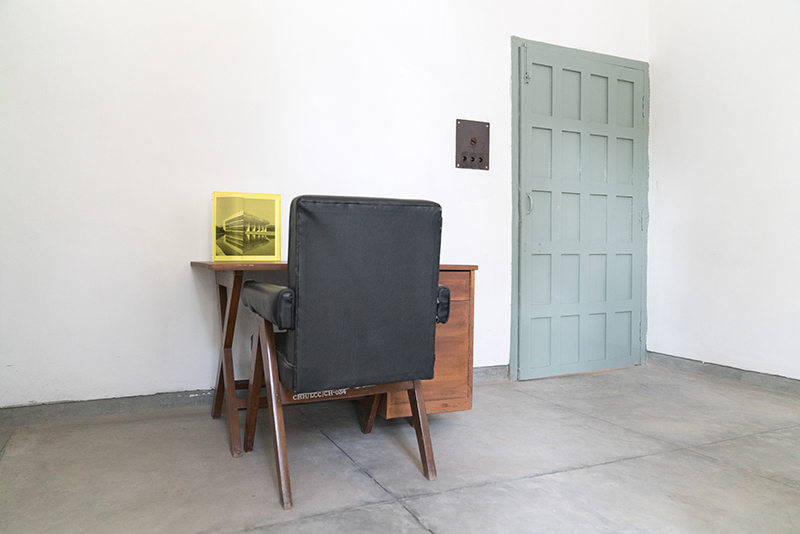
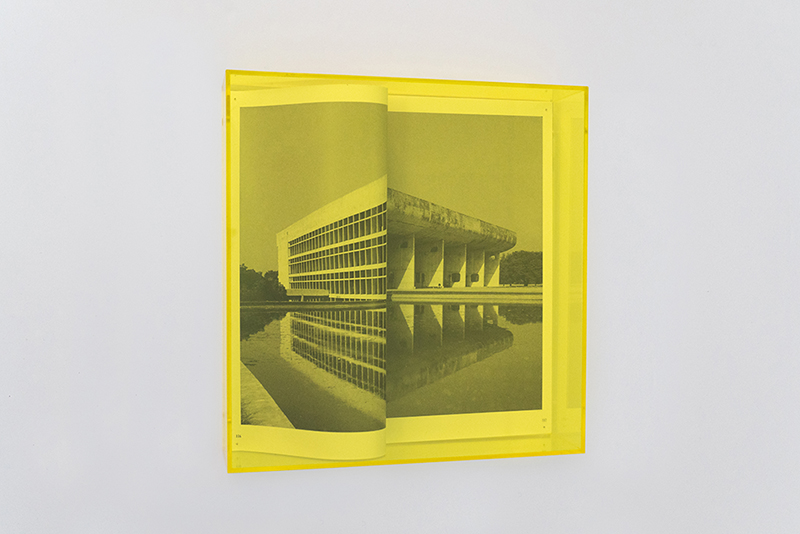
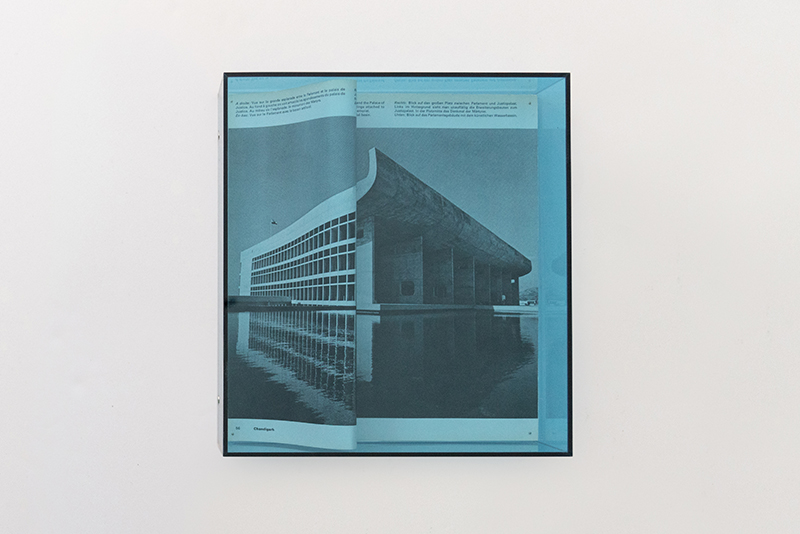
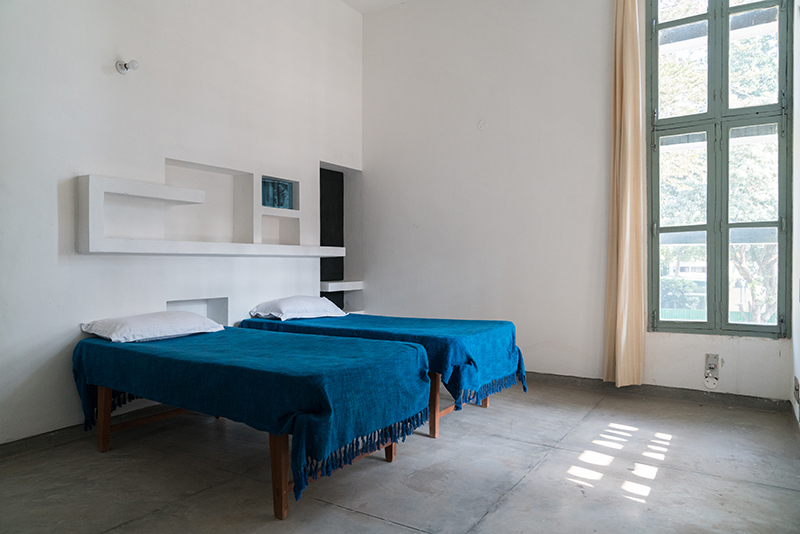
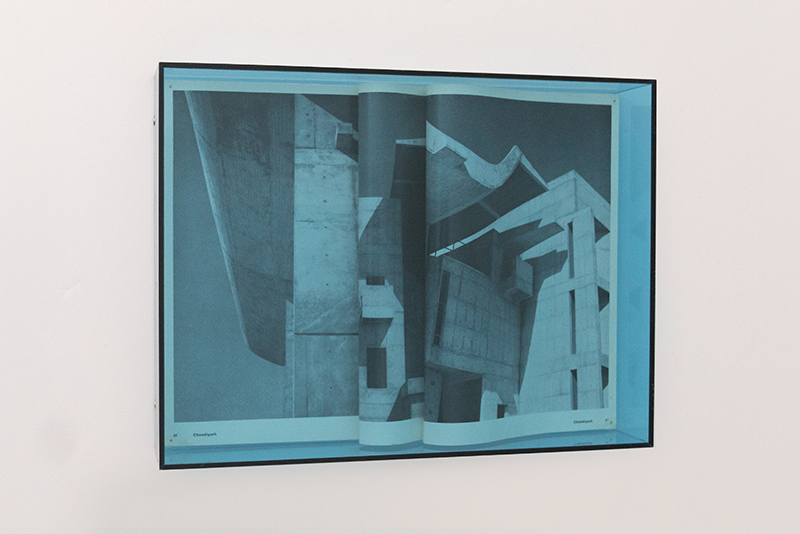
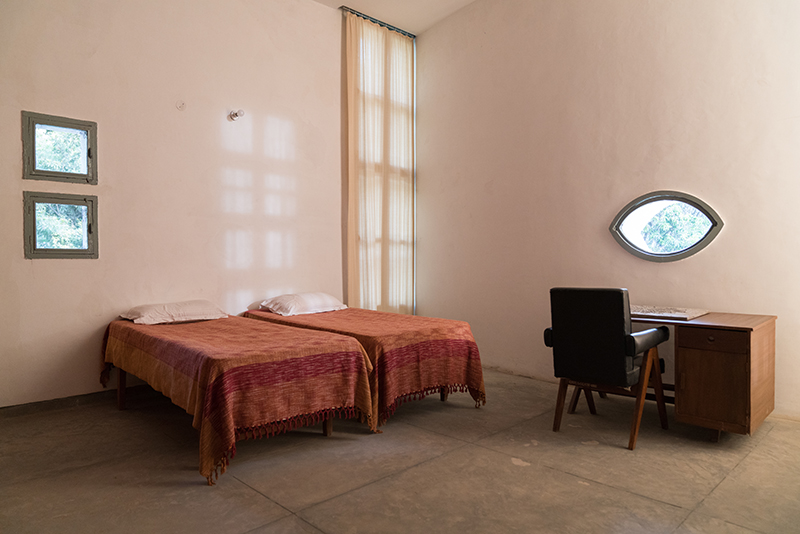
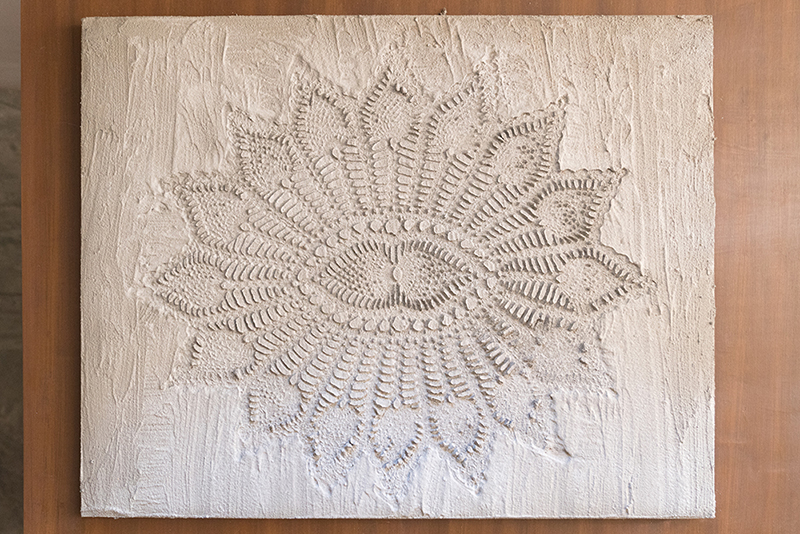
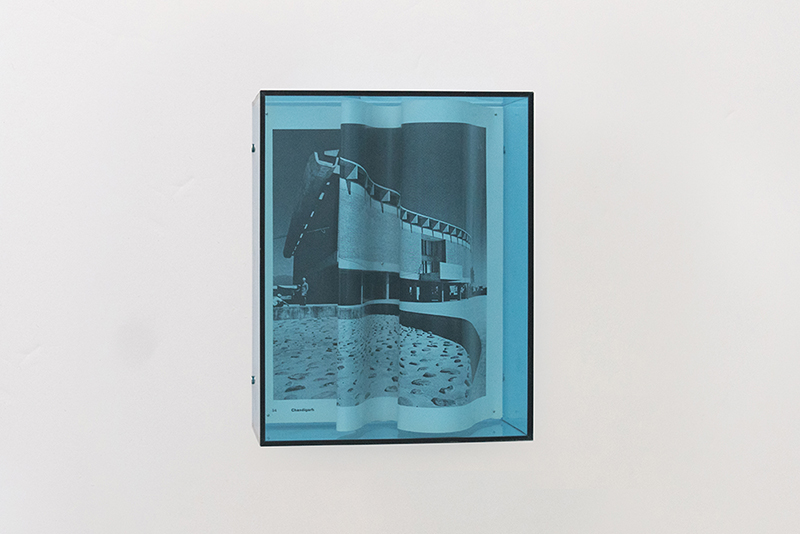
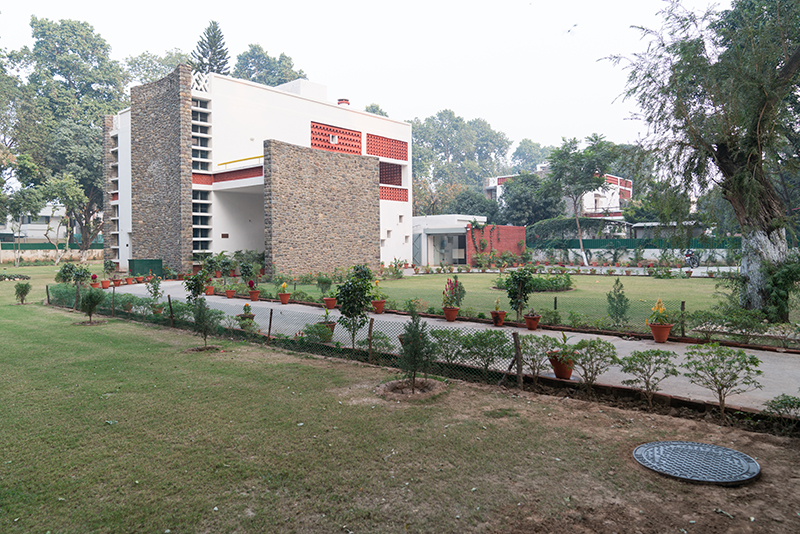
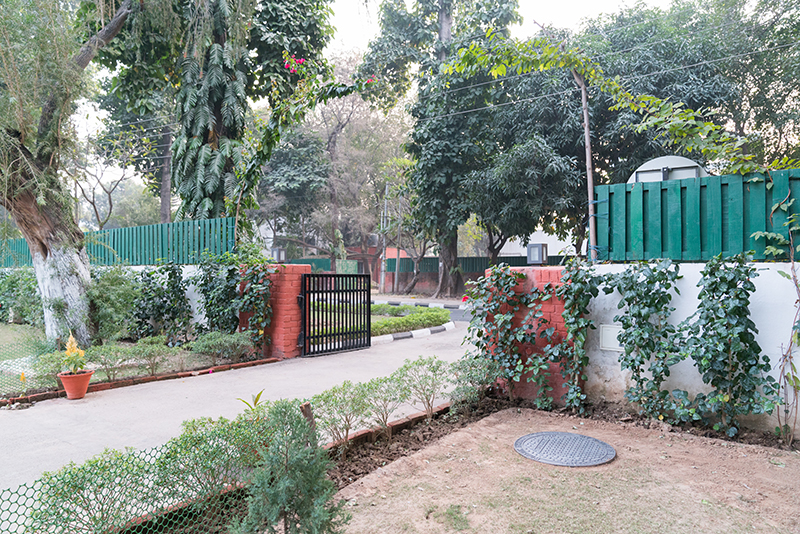
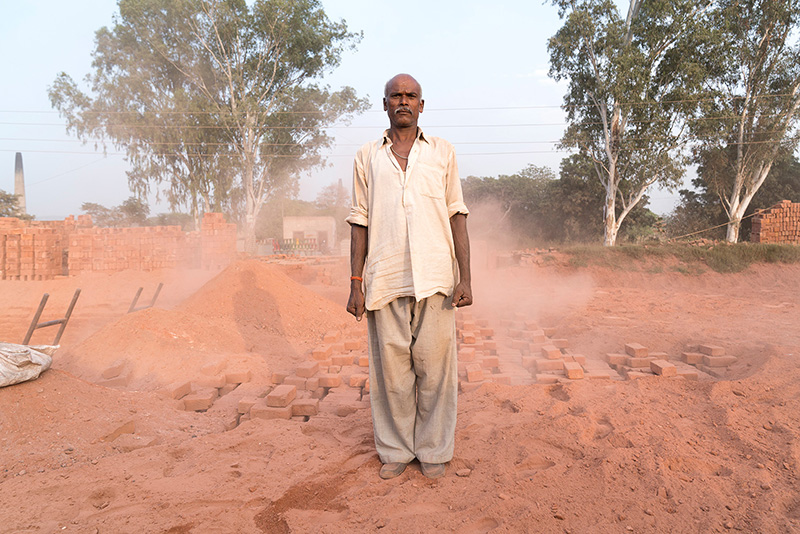
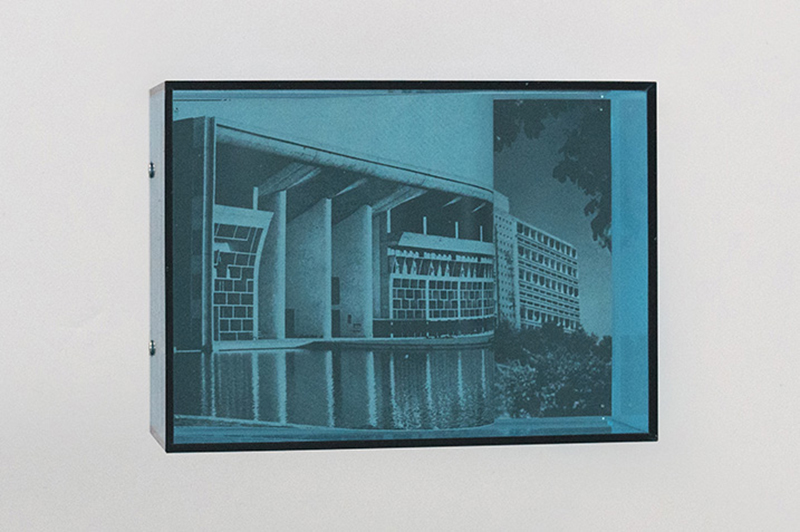
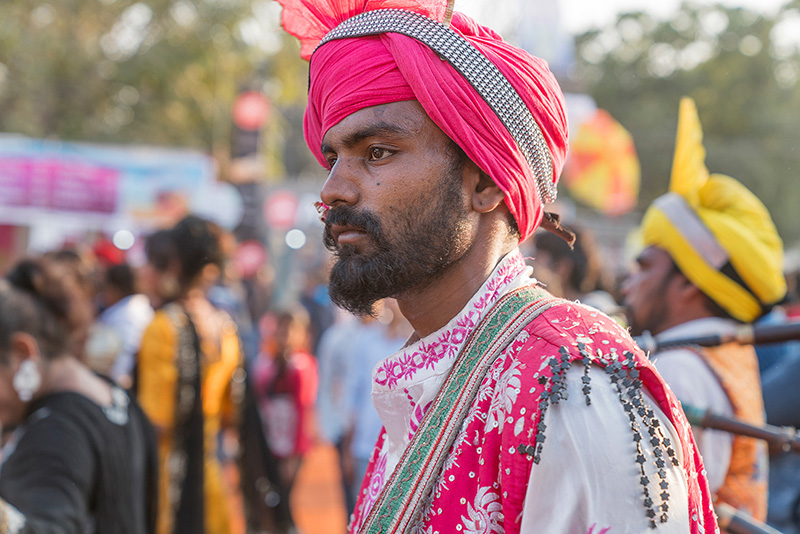
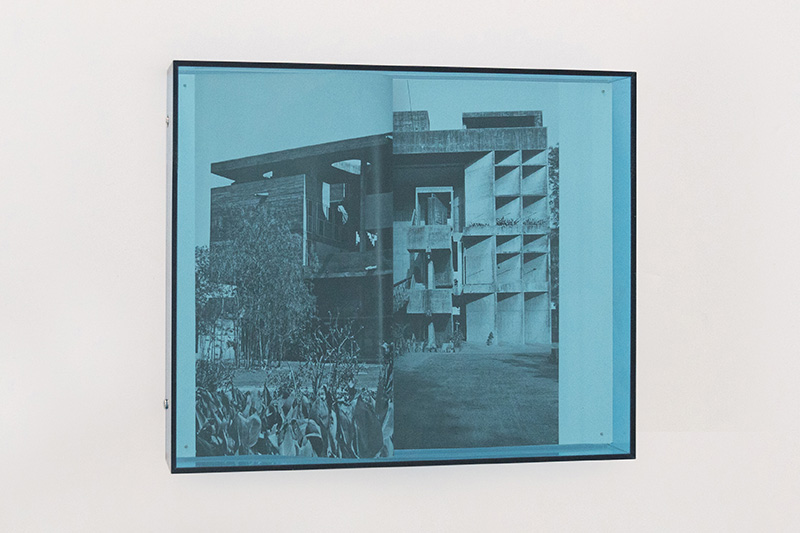

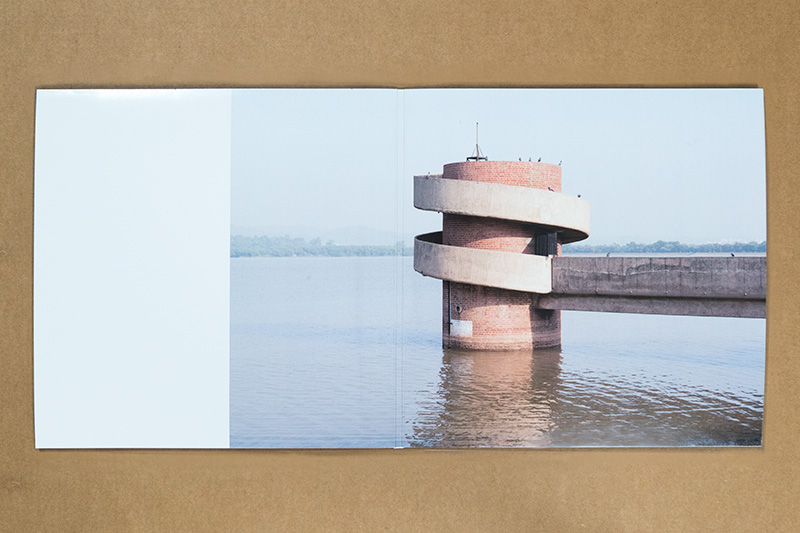
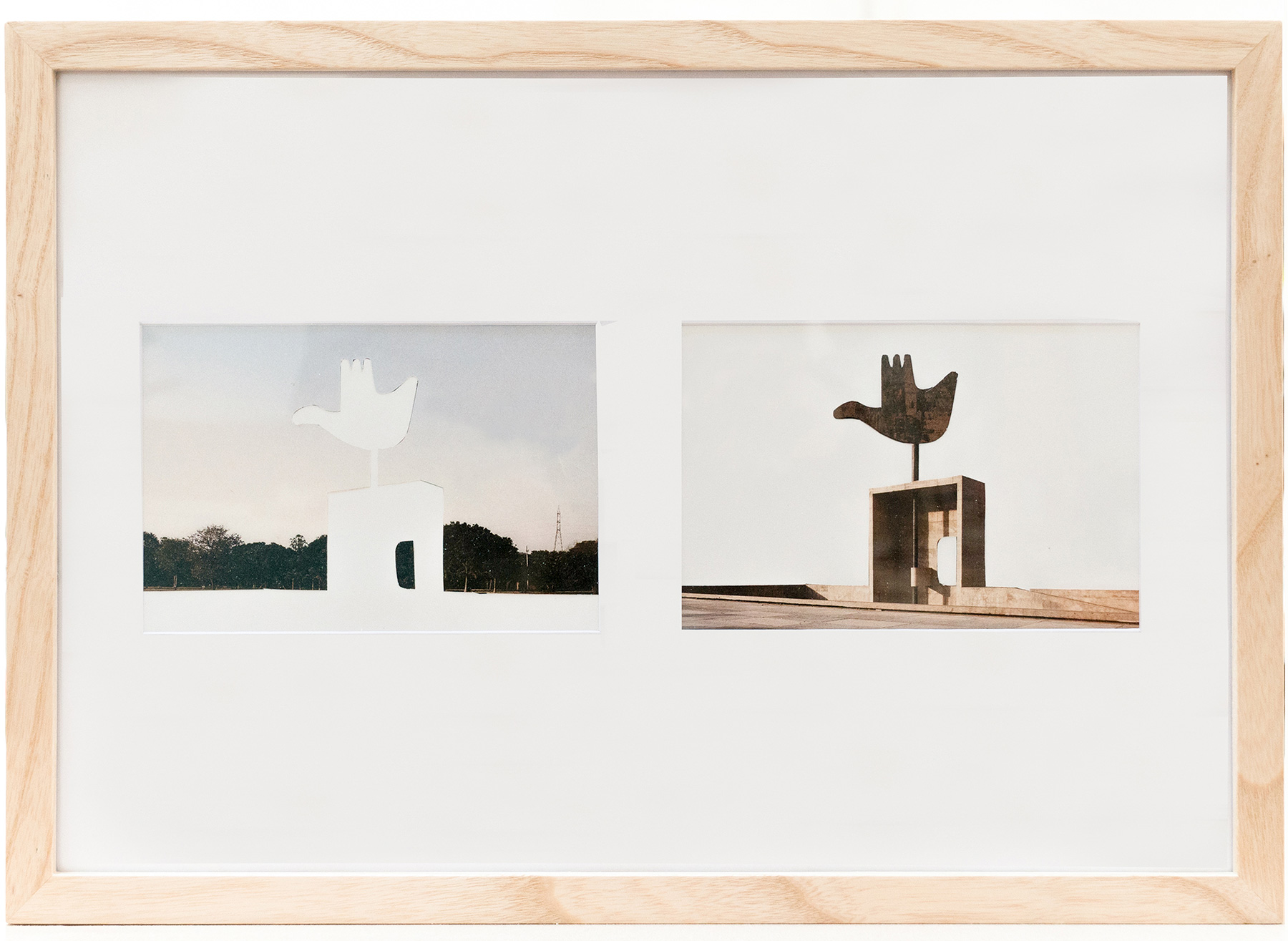
My house is a Le Corbusier (Pierre Jeanneret Museum), Chandigarh (India) 2017
Following a series of residences and encounters in structures by Le Corbusier in Italy, France and Argentina, Cristian Chironi with My House is a Le Corbusier, takes temporary residence in India, in the Pierre Jeanneret House Museum in Chandigarh, from November 9th through December 9th, 2017.
Both a work in progress and construction site of ideas, collaborative space, research, exhibitions, didactic occasion, in addition to a residence – not to mention a living experience – My house is a Le Corbusier (begun in 2015), is intended to evolve over the long term and culminate in the totality of all the experiences that Chironi will undergo while actually living for variable periods of time in the many homes designed by Le Corbusier around the world. The long-term project (which will unfold over the potential arc of 30 habitable homes by Corbusier in 12 countries) is a performance, stretched out over time, house after house. Pilgrim habitations inextricably tied to the movement and the intersection of diverse geographies and cultures.
The house in India is located in the fifth sector of the city of Chandigarh and was designed by architect Pierre Jeannette, cousin of Le Corbusier. Pierre Jeanneret lived in the house from 1954 to 1965, during which time he developed much of the governmental housing and infrastructure of the city as well as controlled the implementation of Le Corbusier’s projects in Chandigarh. Le Corbusier himself stayed at the house during his annual visits to India and the house is now converted into a museum. The ground floor hosts Pierre Jeanneret’s work, while the first floor is used as a residence for scholars and researchers. The museum house, like the whole Chandigarh Capitol complex, is a UNESCO World Heritage Site.
In 1947 Le Corbusier and Pierre Jeanneret were chosen to build a city that would stand as a symbol of modernity. Le Corbusier designed the urban plan on which the city was built, as well as many public buildings. The ‘urban settlement’ was conceived for one hundred fifty thousand inhabitants and today counts approximately eight hundred thousand. It was envisioned as a living organism, and subdivided into an urban grid sectored according to function and social class. Chandigarh blends all of the architectural studies carried out by Le Corbusier in his travels and is considered his masterpiece, an environment in which the primacy of the public upon the private space is eliminated in the construction of a work of art on an urban scale.
If the residence at Esprit Nouveau in Bologna was like living on a construction site, a tangible experience synthesized with the image of an open book resting atop a head like a roof, the one at the Parisian Studio-Apartment binds intimacy and design: the figure, in this case, is a sofa of scaffolding on which the visitor was invited to sit and engage with projections of communal life on a facing wall. The creative experience at Unité d’Habitation in Marseille was a comparison between different cultures and languages that emerged from living in an apartment designed in the 1950’s in a Medtirranean metropolis of the 21st century. Casa Curutchet, in Argentina, was a window from which to imagine, with clinical eyes, different ways of living, such as in a series of images pinned together in a binder the collects and matches architectures distant from one another.
The residence in Chandigarh aims to overcome that last remnant of the frontier that separates permanence from mobility. House and city, corridor and street, interior and exterior are all on the same level. Walking about the city therefor creates an entrance into a new context, an adaptation to the culture and to the environment, absorbing it, transforming it and re-recreating it. A vision of the house in the form of a city and vice versa, to which corresponds the daily creation of documents, artifacts, actions, and interventions.
Le Corbusier designed the 26-meter-high metal sculpture featuring an open hand, icon of the city and symbol of welcome “to receive and to give.” An ideal proportion of human measure, the Modulor represents the synthesis of his philosophy and design process. But it is Chandigarh’s future to be in the hands of it’s inhabitants, and in their ability to fathom living in a space that offers no further possibility for development without risking its disfigurement. The art of living that Chironi has developed through his trajectory therefor becomes useful as a point of comparison in this aspect of collective experience: of this place and of this historical moment.
My sound is a Le Corbusier provides a sound map of the urban space made in collaboration with musician and composer Francesco Brasini.